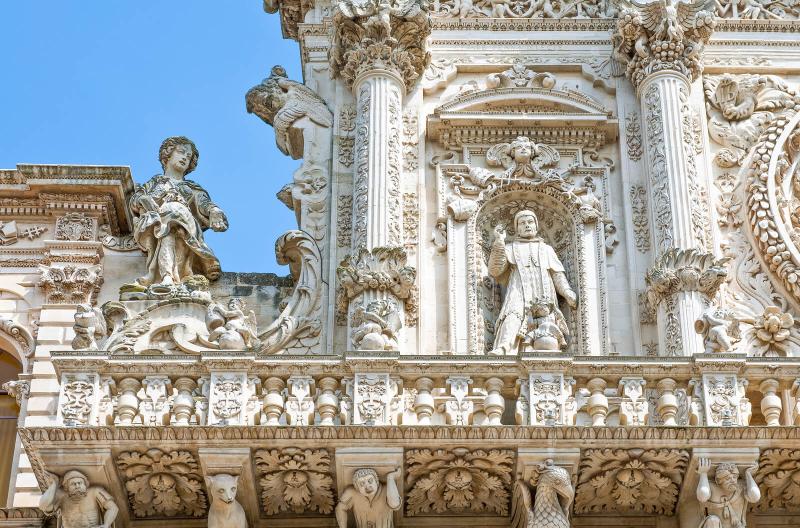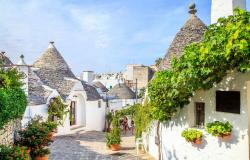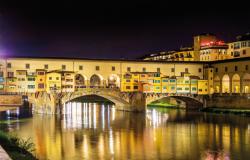Touring Lecce, the Pearl of Puglia's Salentine Peninsula
ITA:

Use player to listen to Italian version
Lecce, nicknamed the ‘Florence of the South’, is one of Puglia’s most fascinating cities for its architecture, which is identified as a peculiar style of Baroque, the ‘Leccese Baroque’. It is especially during the 17th century that some of the most magnificent monuments were built, using the so-called ‘Lecce stone’, a particular kind of limestone, soft and workable, which makes it ideal for sculpting.
Lecce is the main city of the Salentine Peninsula, which stands at the heel of Italy’s boot.
Start your walking tour of Lecce in Piazza Duomo, one of the sites that best represents the magnificence of the Leccese style. This is where the double-façade Cathedral stands. Originally built in 1144, it was completely restored in 1659-70 by Giuseppe Zimbalo, who also built the 70-meter-high bell tower.
Not far is Piazza Sant’Oronzo, evidence of the Roman history of Lecce, with the remains of an amphitheater, which in summer hosts theatrical plays. The Column of the Statue of St. Oronzo (Lecce’s patron saint) is one of two columns that marked the end of the Appian Way, the main road between Rome and southern Italy.
A major example of the Leccese Baroque is the Basilica of the Holy Cross, which features a richly decorated façade with animals, vegetables and grotesque figures, and a large rose window.
Behind the piazza is the Castle of Charles V, where the severity of the exterior contrasts with the refined and elegant style of the interior.
Porta Rudiae, one of Lecce's three gates to enter the historical center, is in Baroque style, and is topped by the statue of St. Oronzo, with mythological figures on the sides.
Lecce, soprannominata la "Firenze del Sud", è una delle città più affascinanti della Puglia per la sua architettura, che viene identificata come uno stile peculiare del barocco, il "barocco leccese". È soprattutto durante il XVII secolo che alcuni dei più magnifici monumenti furono costruiti, utilizzando la cosiddetta "pietra leccese", un particolare tipo di pietra calcarea, morbida e duttile, che la rende ideale per la scultura.
Lecce è la città principale della penisola salentina, che si trova sul tacco dello stivale d'Italia.
Un tour a piedi di Lecce inizia in Piazza Duomo, uno dei luoghi che meglio rappresenta la magnificenza dello stile leccese. Qui si trova la Cattedrale dalla doppia facciata. Originariamente costruita nel 1144, fu completamente restaurata nel 1659-70 da Giuseppe Zimbalo, che costruì anche il campanile di 70 metri di altezza.
Non lontano è Piazza Sant'Oronzo, testimonianza della storia romana di Lecce, con i resti di un anfiteatro, che in estate ospita rappresentazioni teatrali. La colonna della statua di San Oronzo (patrono di Lecce) è una delle due colonne che segnavano la fine della via Appia, la strada principale tra Roma e il sud Italia.
Un esempio notevole del barocco leccese è la Basilica di Santa Croce, che presenta una facciata riccamente decorata con animali, verdure e grottesche, e con un grande rosone.
Dietro la piazza si trova il Castello di Carlo V, dove la severità degli esterni contrasta con lo stile raffinato ed elegante degli interni.
Porta Rudiae, una delle tre porte di Lecce che danno accesso al centro storico, è in stile barocco ed è sormontata dalla statua di San Oronzo, con figure mitologiche ai lati.











